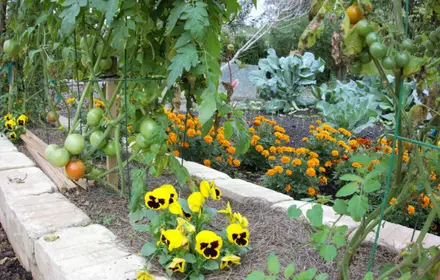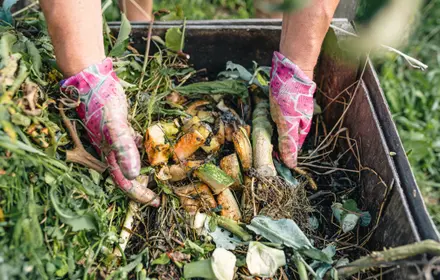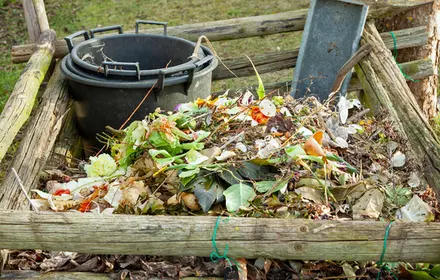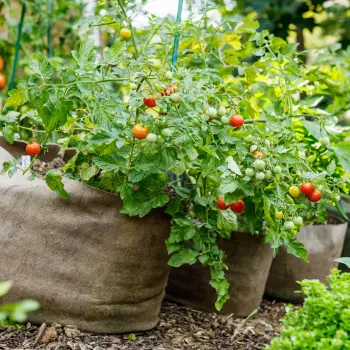Keep pests away naturally

Gardening enthusiasts know the joy of watching their vegetables grow strong and healthy—but nothing deflates that joy faster than a sudden infestation of aphids or other garden pests. Thankfully, there’s a natural, chemical-free solution that’s as beautiful as it is effective: marigolds. These cheerful flowers are more than just a pretty face—they’re a powerful ally in your garden.
Let’s dive into how companion planting with marigolds can protect your crops and keep common pests at bay.
What Is Companion Planting?
Companion planting is the strategic placement of different plants close together to benefit one or both species. This ancient gardening technique is rooted in the idea that certain plants can enhance growth, improve flavour, and repel pests when grown side by side.
By pairing the right plants together, you can create a more balanced and self-sustaining garden ecosystem. This method not only reduces the need for chemical pesticides but also encourages pollinators and beneficial insects.

Marigolds: A Garden’s Natural Defence System
Marigolds (Tagetes spp.) are famous among gardeners for their pest-repelling qualities. These hardy, sun-loving flowers give off a strong scent that many insects find unappealing. The benefits of marigolds go beyond the visible surface—some species even release substances into the soil that can suppress harmful nematodes.
There are two main types of marigolds used in companion planting:
- French marigolds (Tagetes patula): Best for repelling aphids, whiteflies, and nematodes.
- African marigolds (Tagetes erecta): Taller plants with similar pest-repelling properties, especially useful at the borders of larger beds.
How Marigolds Deter Pests
Marigolds deter a wide variety of garden pests through both scent and soil interaction:
- Aphids: These tiny insects are repelled by the strong fragrance of marigold flowers.
- Whiteflies: Distracted or deterred by marigolds, which can act as a natural trap crop.
- Nematodes: Certain marigolds release compounds from their roots that inhibit nematode reproduction.
- Mosquitoes and other flying insects: Their pungent aroma is unpleasant to many flying pests.
Some gardeners also note that marigolds attract beneficial insects like ladybugs and hoverflies—natural predators of aphids and other harmful bugs.
Where and How to Plant Marigolds in Your Vegetable Garden
To maximise the pest-deterring benefits of marigolds, consider the following tips:
- Interplant with vegetables: Tuck marigolds between rows of tomatoes, peppers, beans, cucumbers, or lettuce. Their compact growth habit makes them ideal companions.
- Border your beds: Plant marigolds along the edges of raised beds or garden plots to create a fragrant barrier.
- Don’t overcrowd: Ensure good airflow and sunlight access for both marigolds and vegetables.
- Plant early: Start marigolds indoors or direct sow them in spring, so they’re well-established when pests begin to emerge.

Bonus Benefits of Marigolds
Beyond pest control, marigolds offer several other perks:
- Low maintenance: They’re easy to grow and drought-tolerant once established.
- Long blooming season: Marigolds flower from early summer to frost, providing continuous colour and protection.
- Attract pollinators: While their scent repels pests, marigold blooms still attract bees and butterflies.
A Natural, Beautiful Solution
Whether you're a seasoned grower or a budding gardener, integrating marigolds into your vegetable patch is a smart and simple way to protect your crops. Not only do they enhance your garden's visual appeal, but they also work quietly in the background, warding off pests and promoting a healthier environment for your veggies to thrive.
Try planting marigolds this season, and enjoy the peace of mind that comes with knowing your garden is naturally defended.
Happy gardening, and may your tomatoes stay aphid-free!



